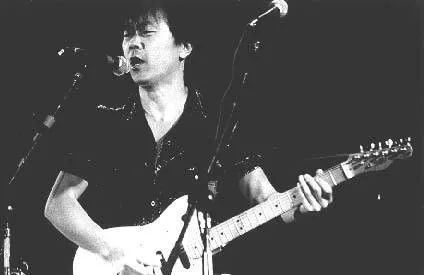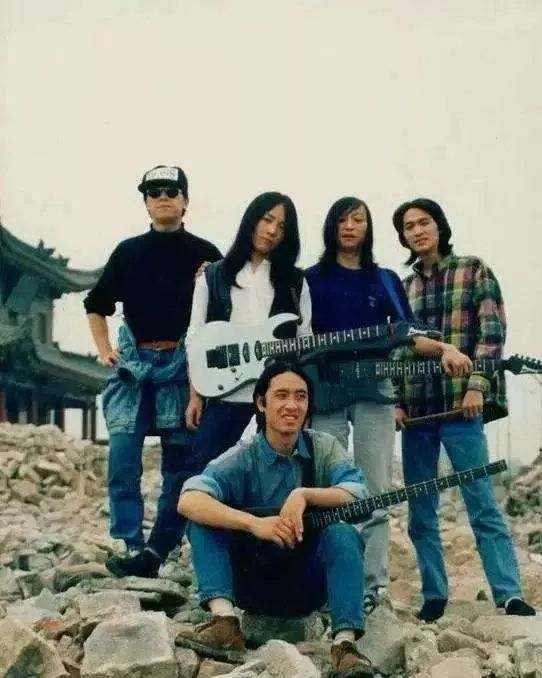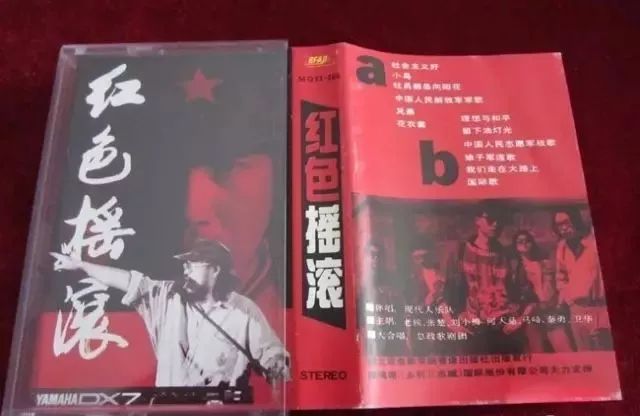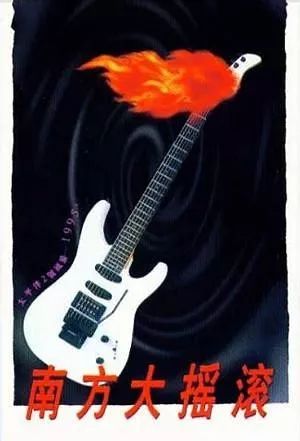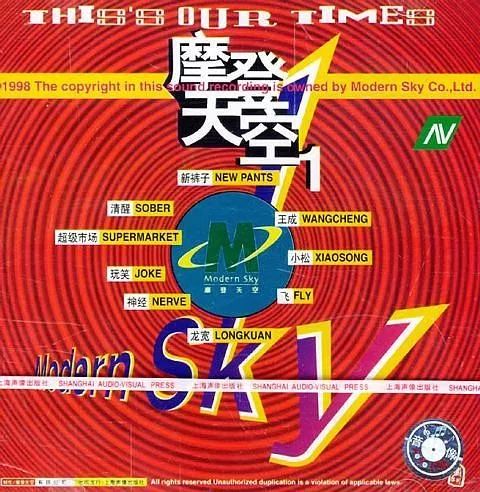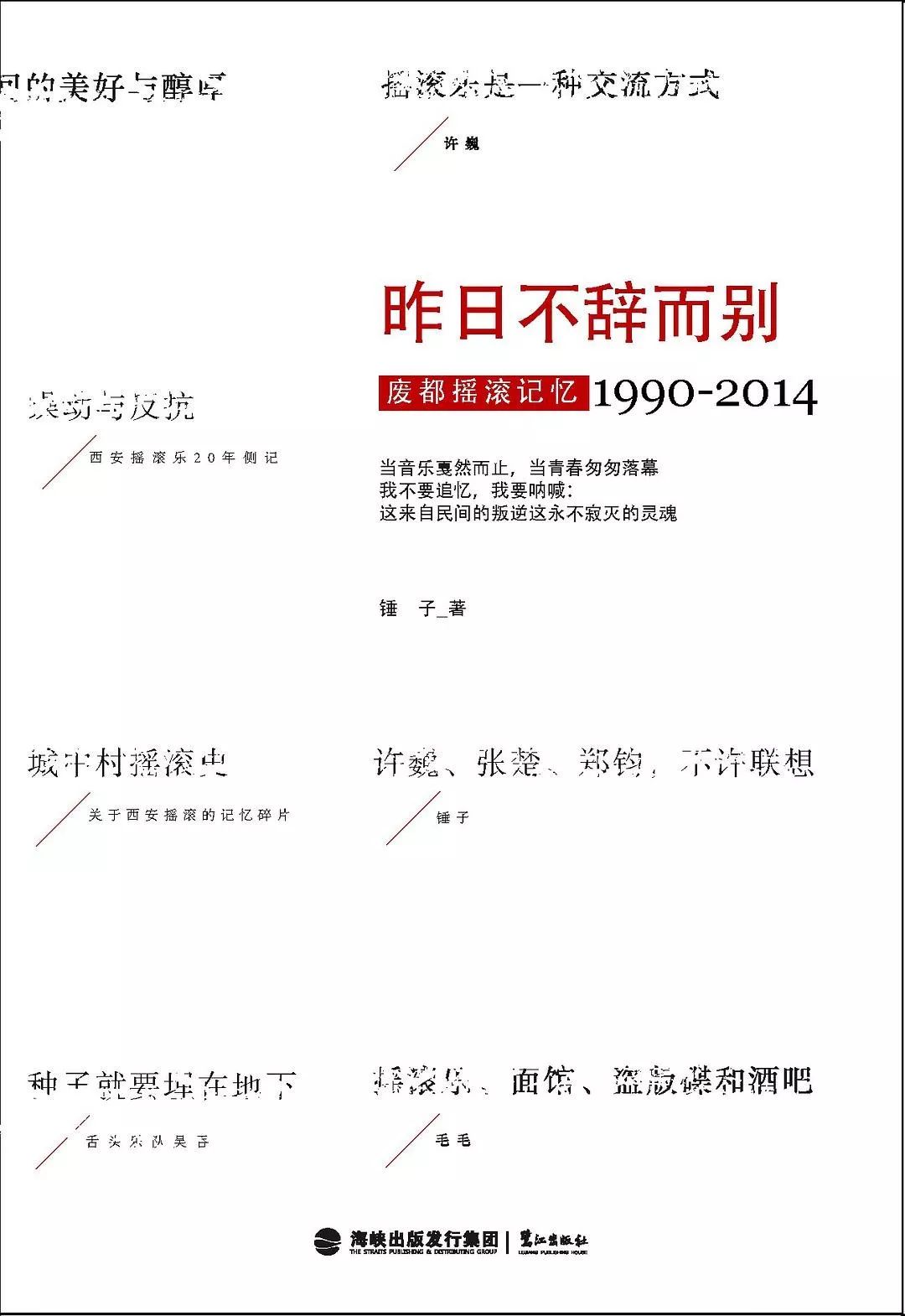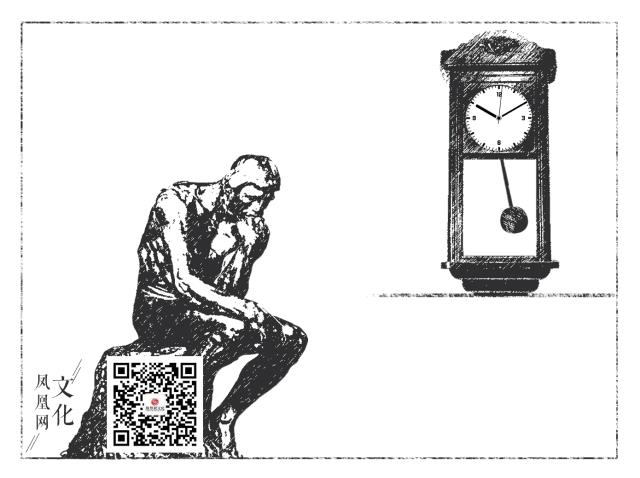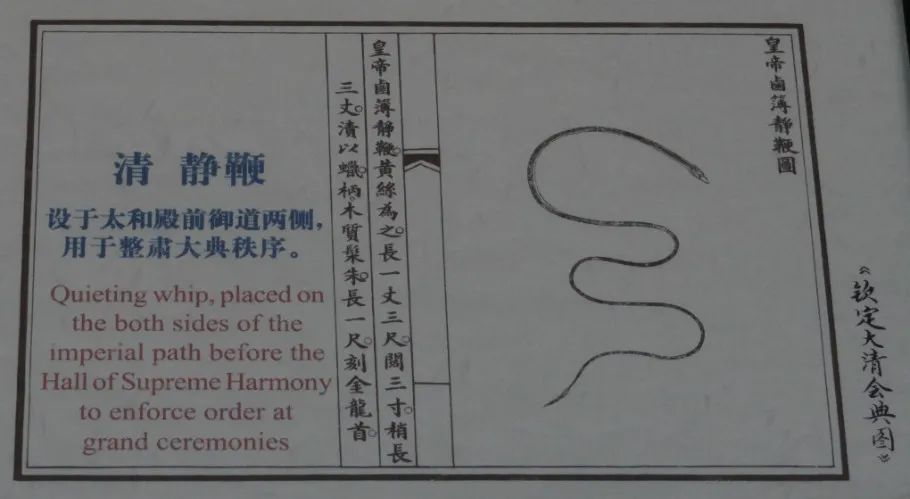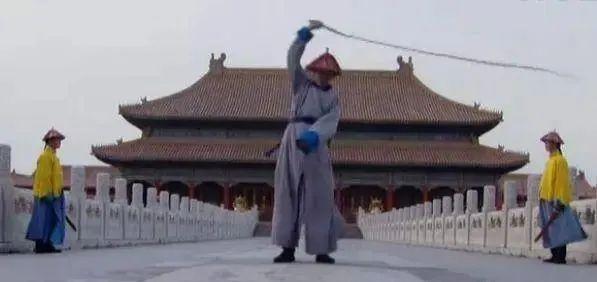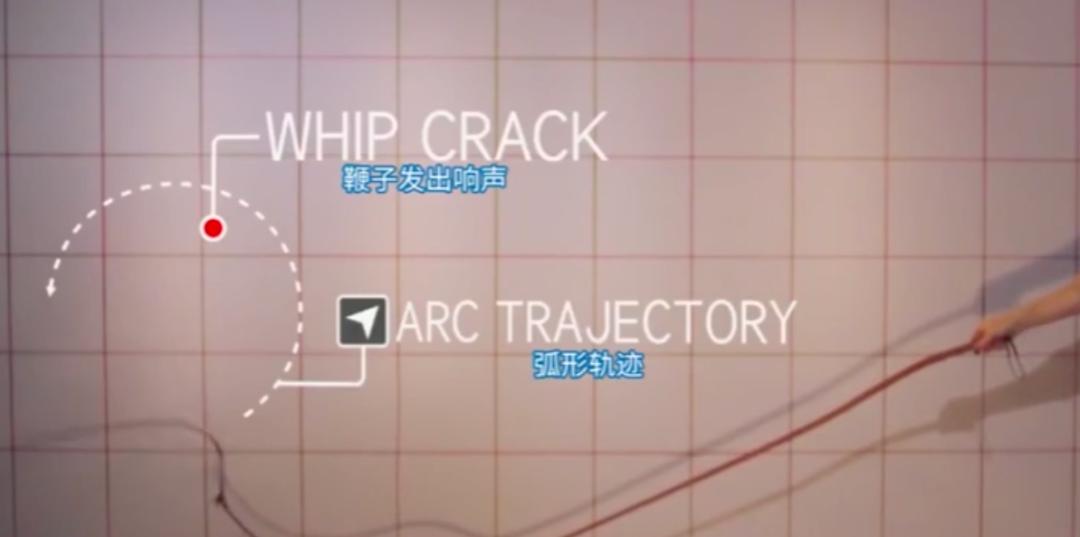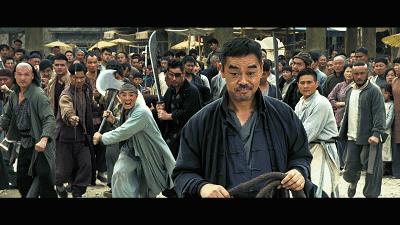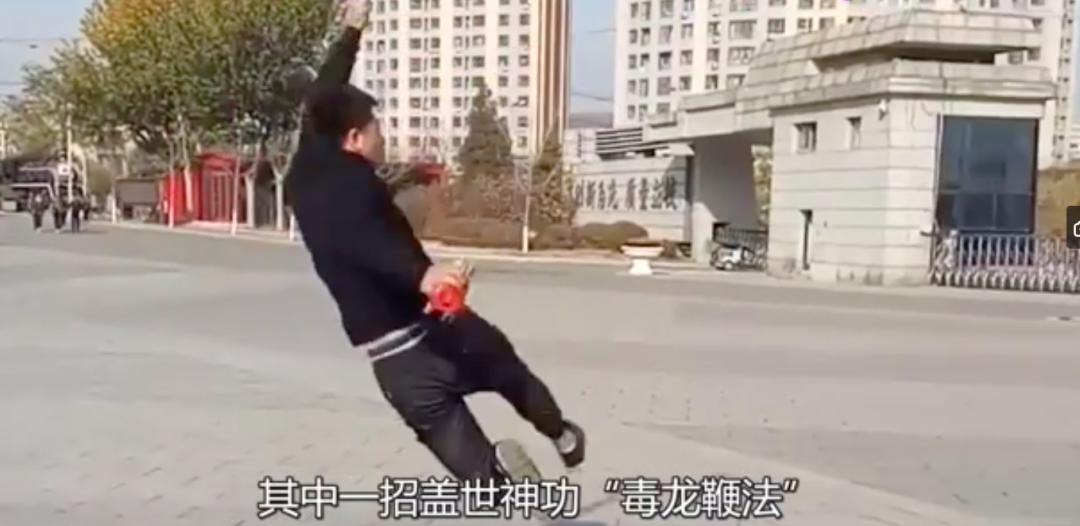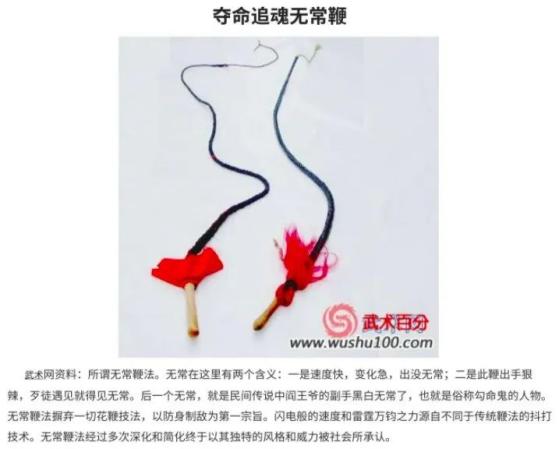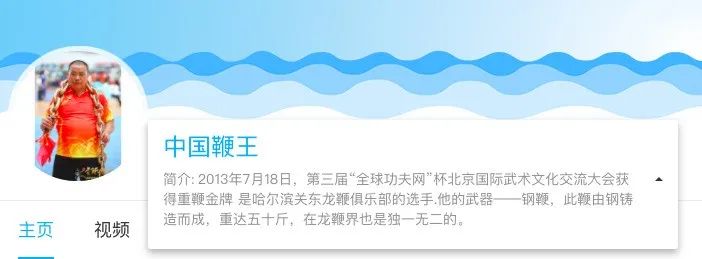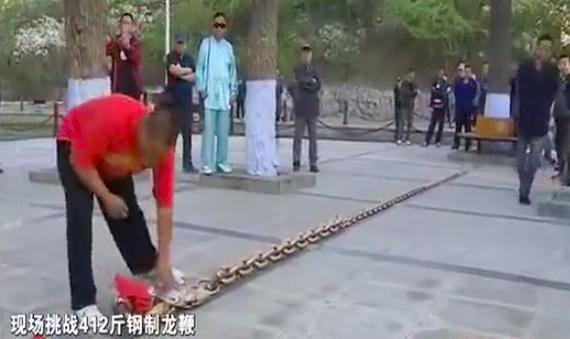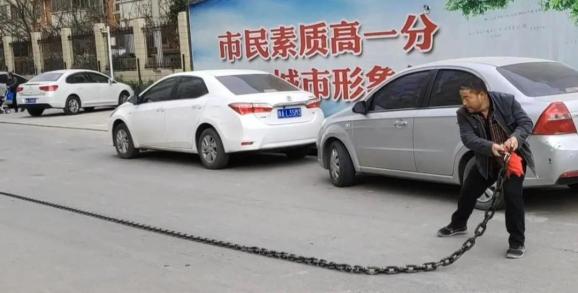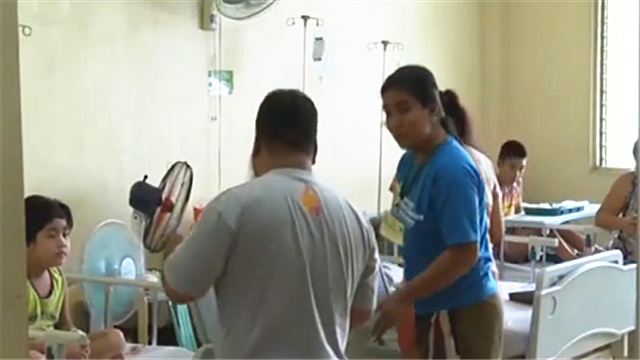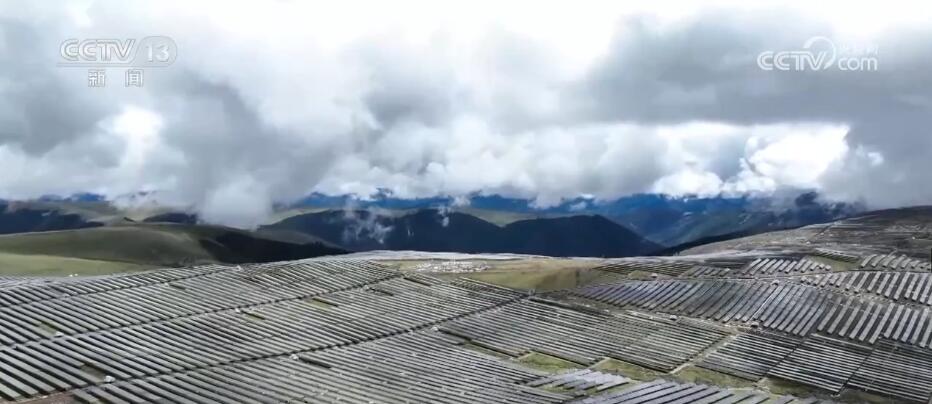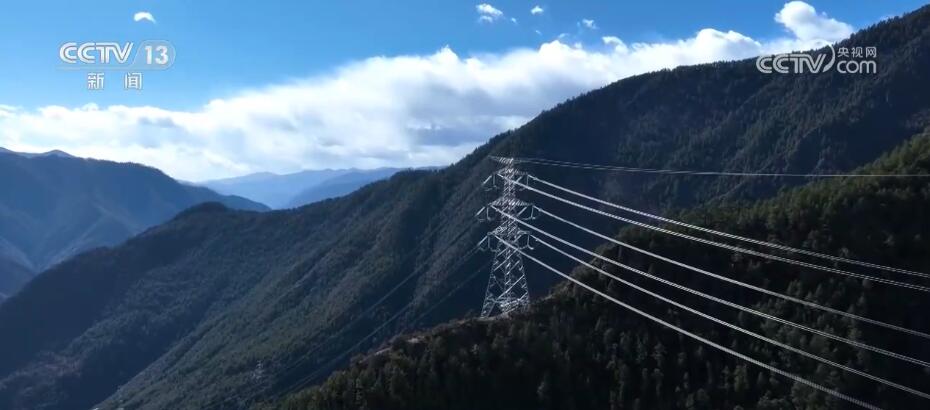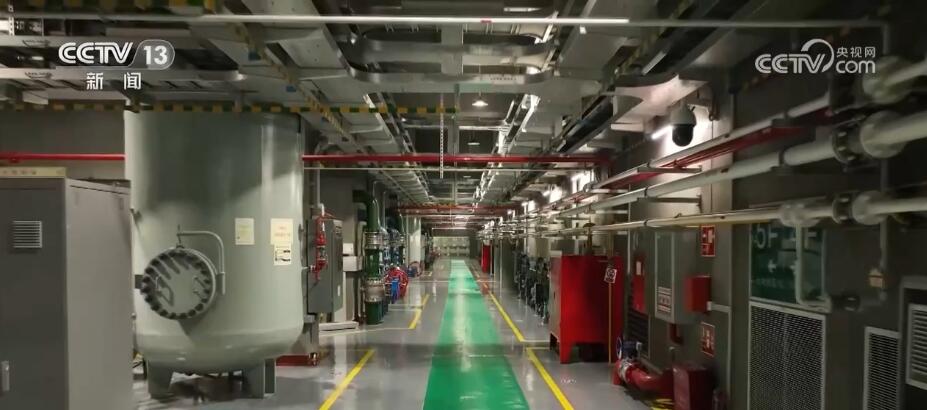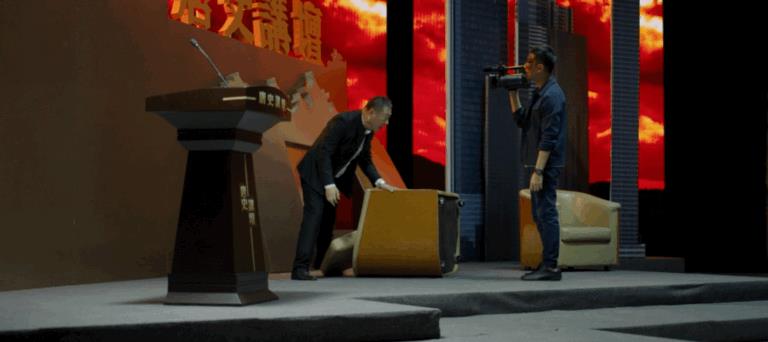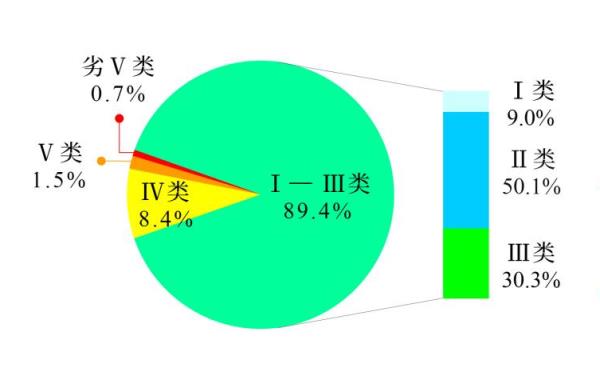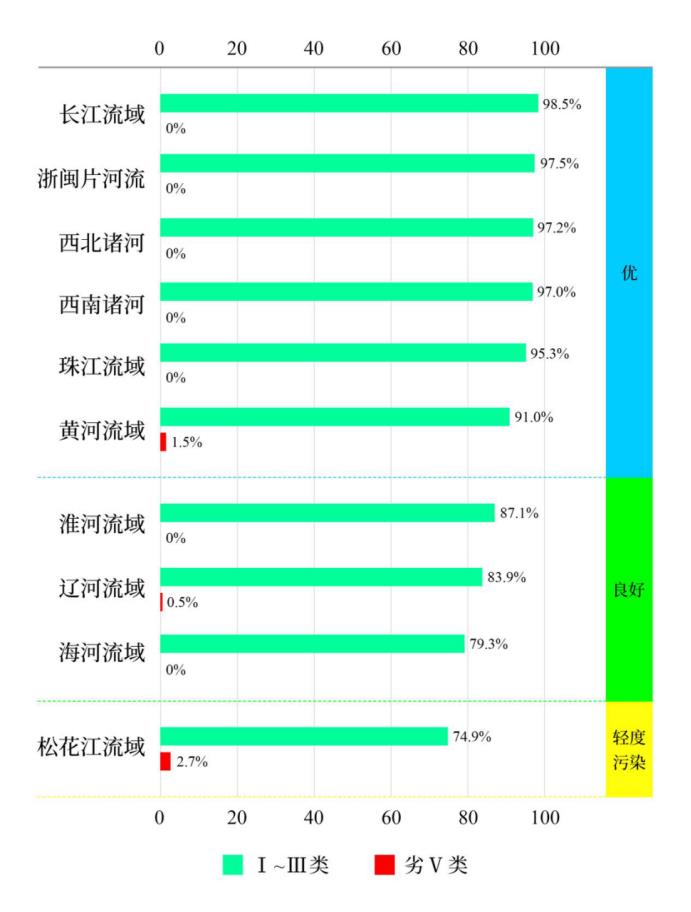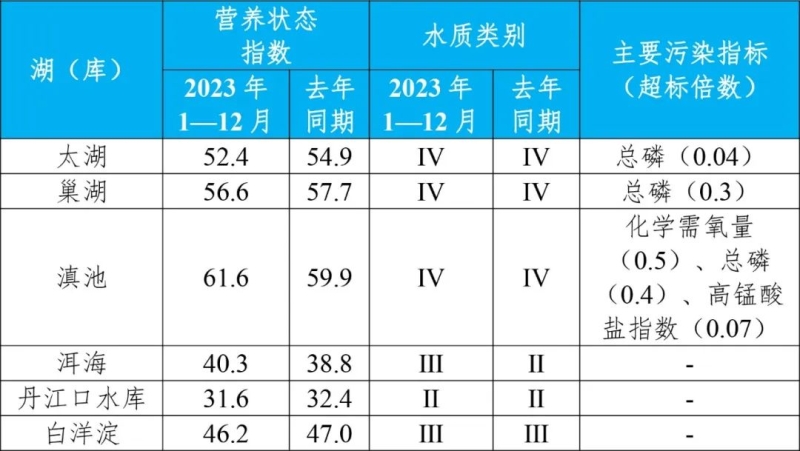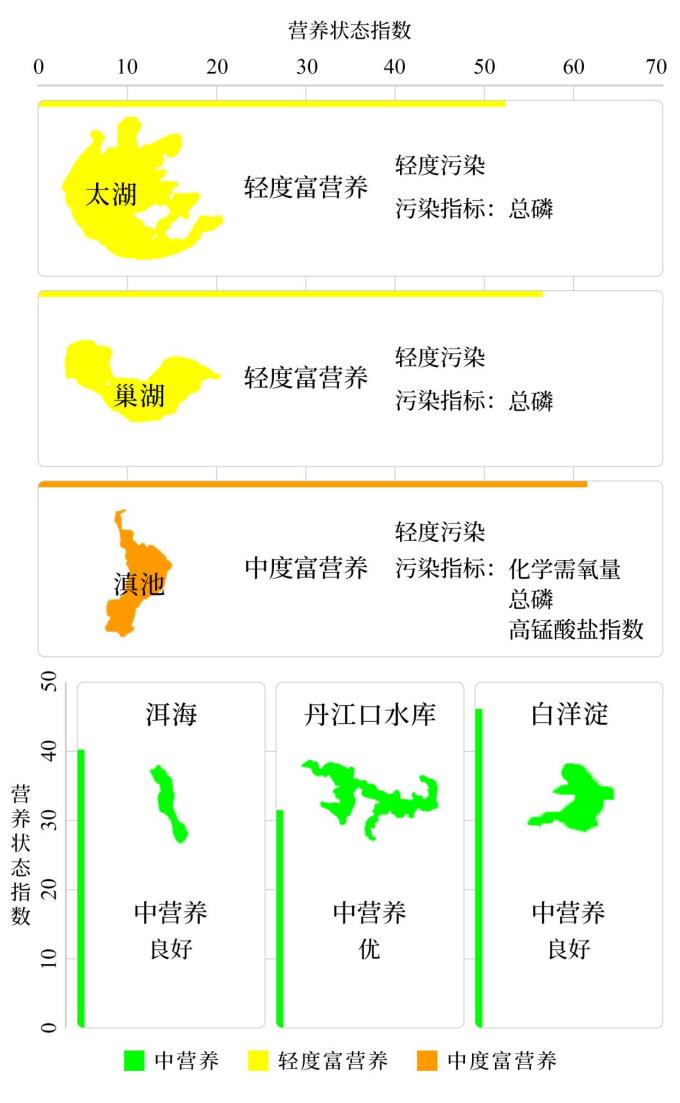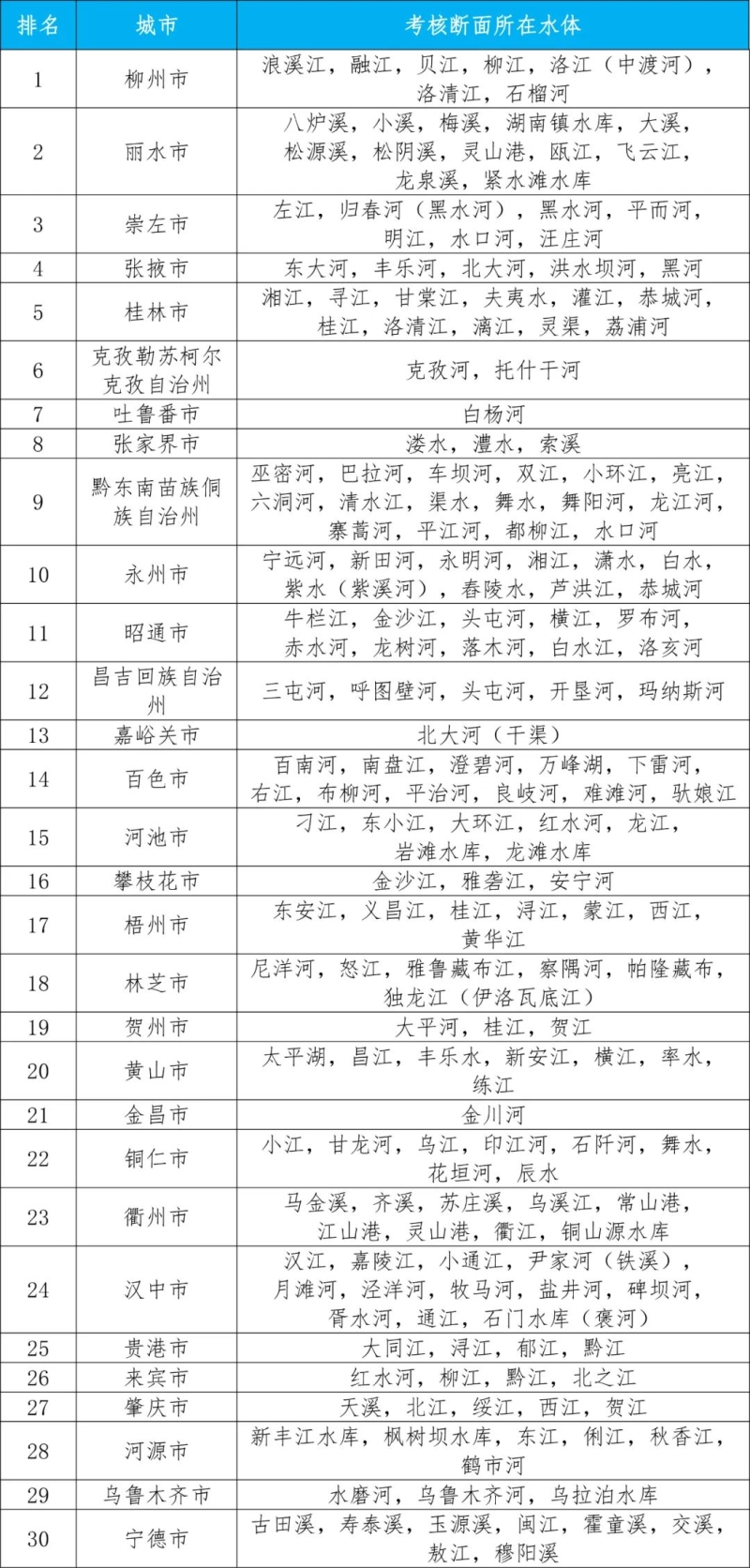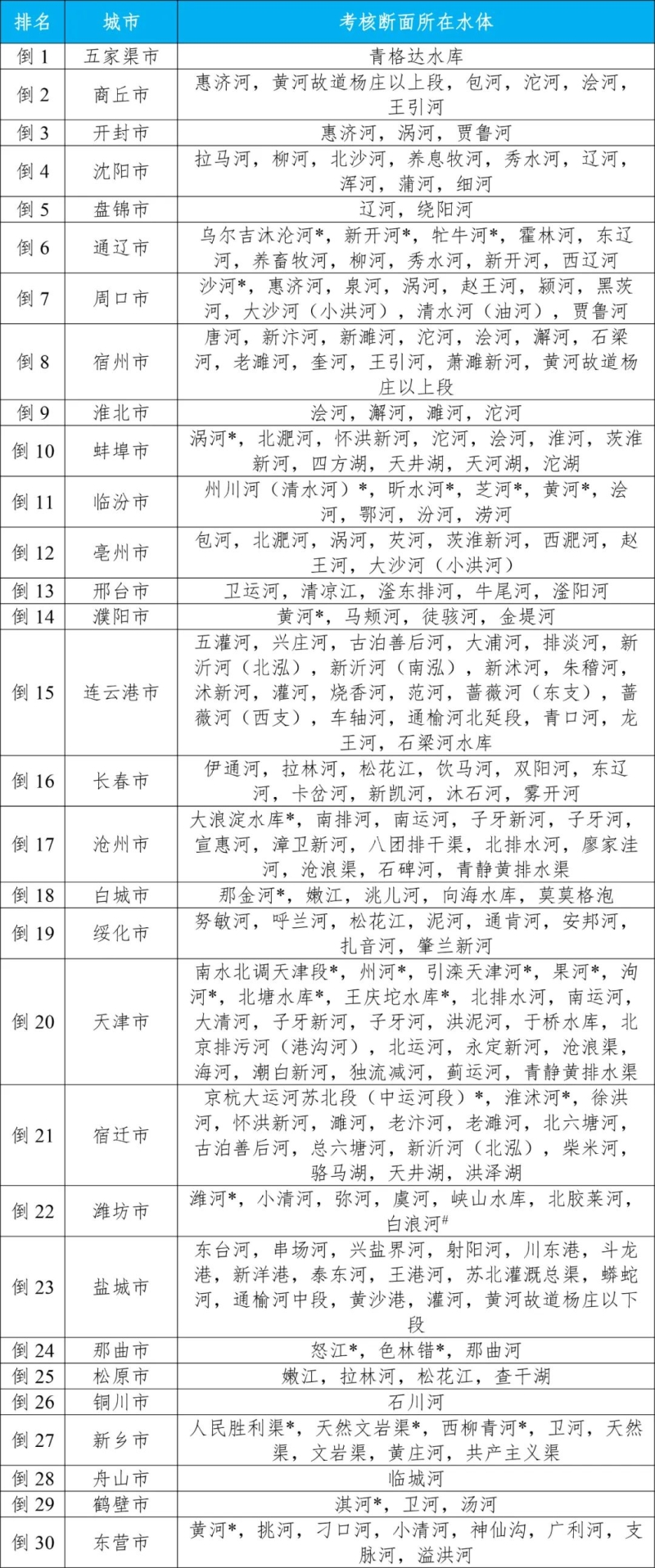Can’t the deciduous teeth be corrected if they haven’t been replaced? The sooner you correct it, the better? Let the child’s teeth "stand at attention"

Dental health is an important symbol of national health.
The fourth national oral health epidemiological survey shows that the situation of children suffering from dental caries is on the rise; Middle-aged people have poor periodontal condition; The oral health of the elderly is improving, but there are still some problems.
Tooth is the beginning of digestive tract, and its chewing function is related to the nutritional intake of human body and maintains the energy balance of the body. For example, infections and inflammatory factors in the oral cavity can cause or aggravate chronic diseases such as cardiovascular and cerebrovascular diseases and diabetes, and affect the quality of life. Therefore, dental health is not a trivial matter. To improve the health literacy of the whole people, we should not ignore dental health.
On the one hand, the dental diseases of Chinese residents are caused by the changes in lifestyle and diet structure, and people’s intake of sugary foods and sugary drinks has increased, which has increased the risk of dental caries. On the other hand, many people lack oral health knowledge, which leads to dental diseases for life.
Chinese often said "old-fashioned". In fact, when people are old, their teeth are not necessarily old. "Old teeth" are not necessarily because they are old, but probably because their teeth are sick. If you don’t want to lose your teeth, you should start with dolls and oral health knowledge.
This edition will launch the trilogy of "Healthy Through Train and Tooth Protection" from now on, focusing on the dental health problems of children, adults and the elderly respectively, clarifying the misunderstanding of nursing and introducing the common sense of protection, so please pay attention.
— — compiler
With people’s attention to oral health and tooth beauty, the demand for orthodontics in children is increasing.
Orthodontics refers to the correction of teeth and the removal of deformities of teeth and jaws. Many parents found their children’s dental problems early and tend to "start from childhood".
So, what are the misunderstandings in children’s orthodontics? What should I do if my child’s teeth are irregular and asymmetrical? Our reporter interviewed Hu Wei, chief physician of Orthodontics Department of Peking University Stomatological Hospital.
Who should I treat my crooked teeth?
You should go to the orthodontics department of stomatological hospital or the orthodontics specialty of stomatological clinic.
Reporter: If you want to correct your child’s teeth, can you find a general dentist to treat it?
Hu Wei: First of all, it should be emphasized that the problem of correcting children’s teeth is not to find a dental department, but to find an orthodontist, not a general dentist.
General dentists don’t know much about the mechanism of dentofacial deformity, and they don’t know much about the growth and development of children’s teeth and jaws. Naturally, they are not familiar with the best correction opportunity and method of dentofacial deformity, which may delay the correction of children. In the orthodontics clinic, it happened that the doctor who filled the child’s teeth was correcting the child’s teeth at the same time. Because he didn’t make a comprehensive diagnosis and treatment design, he only focused on the correction of the tooth irregularity. As a result, the teeth were initially lined up, but the problem of the child’s jaw dysplasia became more and more serious. When he found an orthodontist, he missed the best time to correct the jaw dysplasia. This can be described as "picking up sesame seeds but losing watermelon".
The growth and development of children’s teeth and jaws and the correction of various dentofacial deformities are the key contents that orthodontists study and pay attention to. Only orthodontists can comprehensively evaluate the types and degrees of children’s tooth and jaw deformities and their growth and development, make a comprehensive and correct diagnosis, and take targeted early correction. Every child’s teeth and jaw deformities are personalized, and early corrective methods and appliances for these problems should fully reflect individuality.
Therefore, when children’s teeth are found to be crooked or can’t grow, they should go to the orthodontics department of stomatological hospital or the orthodontics specialty of stomatological clinic.
How to determine the timing of correction?
Some tooth deformities can wait, and some can’t; You don’t have to wait until the deciduous teeth are replaced before correcting them.
Reporter: Can a child’s deciduous teeth be corrected when they have not been replaced?
Hu Wei: The concept that "deciduous teeth cannot be corrected until they have been replaced" is deeply rooted in many people’s hearts, even including some dentists.
In fact, some tooth deformities can wait, while others can’t, because the best time for correction is fleeting. For example, the deformities that affect the growth and development of the jaw, such as lower teeth and facial deviation, need to be corrected as soon as possible. Considering the children’s ability to cooperate with orthodontic treatment, girls and boys can start early correction of lower teeth and facial deviation at the age of about 4 and 5, and no later than 8 years old. For another example, some primary school students will have some bad oral habits, such as licking or biting their fingers, sticking out their tongues or licking new teeth with their tongues, biting their lips, etc. These habits must be corrected in time, otherwise it will affect the normal development of jaws and teeth, leading to dentofacial deformities. Some problems in children’s tooth replacement also need to be corrected as soon as possible. The reason why many parents bring their children to see a doctor is that the deciduous teeth have been lost for a long time, but they can’t see the permanent teeth growing out. In fact, it is because the child’s permanent teeth have problems in the growth process and cannot erupt (impacted teeth) on their own. These conditions need to be diagnosed and corrected as soon as possible after being discovered. Some children suffer from allergic rhinitis, tonsils and adenoids, which affect the normal breathing of the nose. They need to open their mouths to breathe, and in the long run, they will also have more obvious jaw and tooth deformities. This kind of problem needs to be diagnosed and treated in otorhinolaryngology department first, and the swollen tonsils and adenoids should be removed to make the respiratory tract unobstructed, and then an orthodontist should be found to correct it.
Therefore, after the replacement of deciduous teeth, many children’s dentofacial deformities have missed the best opportunity for correction. Whether children and adolescents need early orthodontic treatment, when to treat them, and what kind of correction methods to use need to be determined by orthodontists according to the types and degrees of children’s dentofacial deformities and their growth and development.
Find the deformity and treat it quickly?
It depends on the specific situation. Parents should not worry too much.
Reporter: So, is it better to correct your child’s teeth as soon as possible?
Hu Wei: In sharp contrast to the view that "deciduous teeth can’t be corrected before they are replaced", some parents are too anxious about their children’s tooth deformities and always want to correct them as soon as possible. Parents’ mood is understandable, but it depends on the specific situation.
As mentioned above, lower teeth, crooked face, bad oral habits (biting fingers, spitting out tongue, etc.), mouth-opening breathing caused by tonsil and adenoid enlargement, impacted teeth and supernumerary teeth need early detection and treatment. For the short chin (mandibular retraction deformity), we should wait until the peak of the child’s growth and development to temporarily correct it, so that we can get twice the result with half the effort. Generally, the growth and development peak of girls is between 10 and 12 years old, and boys are two years later than girls, and their growth and development peak is mostly between 12 and 14 years old.
In addition, there is no need to worry about some temporary tooth deformities during children’s tooth replacement, such as cracks between maxillary incisors (central incisors) and crowns of maxillary incisors (lateral incisors) sticking out to both sides. This is because when the central incisor erupts, the root of the central incisor is squeezed by the lateral incisor that has not erupted, and the crown of the lateral incisor is against the root of the central incisor, which causes the central incisor to tilt to both sides, resulting in crevices. However, the "brothers" have not been separated for a long time. After the lateral incisors erupt, the crowns of the central incisors will also be squeezed. At that time, the two front teeth will gradually move closer to the middle and eventually return to the correct position.
The most common phenomenon during children’s tooth replacement is that the front teeth grow in and out, which is irregular (crowded dentition). These are mainly due to the immature jawbone, the newly grown permanent teeth are much larger than the deciduous teeth, and the space of the original deciduous teeth can not meet the needs, so there is a contradiction between supply and demand in the dentition, and several newly grown permanent teeth have to be wronged. With the growth and development of maxilla and mandible, the dental arch will increase. The "home" has become bigger, and the permanent teeth that were originally crowded together will automatically adjust their positions, and the degree of crowding will be improved. The replacement period of primary and permanent teeth can be said to be an "ugly duckling" stage that children have to go through. Parents should not worry too much. Many cases of crowded dentition can get better by themselves after the jaw develops.
Therefore, when a child is found to have teeth misaligned, an orthodontist should be asked to conduct a comprehensive examination and evaluation, so as to determine when to correct. Many children with crowded dentition can wait until the deciduous teeth are replaced before treatment, which can not only shorten the treatment course, but also save the treatment cost and obtain better curative effect.
Don’t worry if the deciduous teeth are broken?
Should be treated in time, as far as possible to keep rather than easily pull out.
Reporter: Many people think that deciduous teeth will be replaced by permanent teeth in the future anyway, and it won’t matter if they are broken, and there is no need to treat them. Is that so?
Hu Wei: This is a wrong idea. Although deciduous teeth only stay in the mouth for a relatively short period of time, they play an important role.
Poor deciduous teeth will directly affect children’s eating and chewing and digesting food, which is not conducive to children’s growth and development. The health of deciduous teeth is also very important for the development of children’s jaws. If the deciduous teeth are broken (mostly decayed teeth) and the teeth are not filled in time, children will not want to eat with the teeth with bad teeth. Over time, they will develop the bad habit of unilateral chewing, which will lead to abnormal jaw development and facial asymmetry. Some children’s upper front teeth are broken due to improper feeding methods (mostly bottle caries of deciduous teeth), and they are not treated in time. As a result, there are no upper front teeth when the children are very young. This is likely to lead to the occurrence of undertoothing in the future. If the deciduous teeth are not treated in time, it will also cause root inflammation, which will further interfere with the development of the permanent tooth germ immediately below them.
Primary teeth are the guide for the eruption of permanent teeth. Without guidance, permanent teeth will either not grow or grow in the wrong direction. The existence of deciduous teeth can provide shelter for the permanent teeth in the future. If it breaks down or falls off prematurely, the adjacent teeth will occupy this space, causing the permanent teeth to be replaced later to have nowhere to live, resulting in the teeth either growing crooked or not growing out (impacted teeth).
Therefore, if the deciduous teeth are broken, they should be treated in time and kept as much as possible instead of being pulled out easily. If the deciduous teeth are so bad that they must be pulled out, they should be examined by an orthodontist, and a corresponding gap retainer (gap retainer) should be made and placed at the pulled-out deciduous teeth to prevent the adjacent teeth from moving, so as to reserve space for the permanent teeth that will grow here in the future. There are various types of gap holders, which are selected and used by orthodontists according to the development of children’s teeth and jaws.
In order to develop children’s teeth healthily, parents should first raise their awareness of protecting their children’s deciduous teeth, and regularly check their teeth at the dental clinic. Secondly, they should find an orthodontist for professional diagnosis and treatment in time if they find abnormal tooth development, so as to lay the foundation for their children to have a good tooth in the future.



